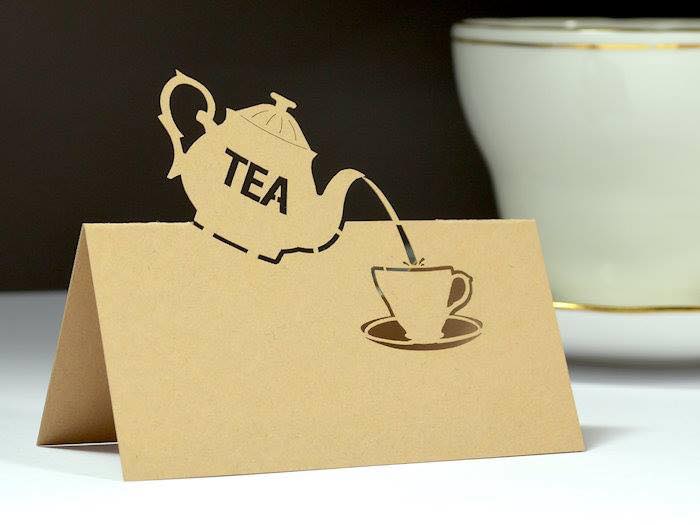
How to Choose Chinese Tea?
Share
Choosing Chinese tea can be a delightful yet complex process, given the variety of types, flavors, and qualities available. To make the right choice, you'll want to consider your personal taste preferences, the health benefits you're seeking, and the occasion for drinking tea. Here's a guide to help you select the best Chinese tea for your needs:
Understand the Different Types of Chinese Tea
Chinese tea is generally classified into six major categories based on the level of oxidation and fermentation:
- Green Tea (绿茶): Unoxidized and unfermented, green tea is known for its fresh, grassy flavor and high antioxidant content. Famous varieties include Longjing (Dragon Well) and Biluochun.
- White Tea (白茶): Minimally processed and delicate, white tea is lightly oxidized. It has a mild, sweet, and subtle taste. Popular varieties are Bai Mudan and Silver Needle.
- Yellow Tea (黄茶): Rare and less commonly found, yellow tea undergoes a slight fermentation, giving it a mellow flavor that’s smoother than green tea. Examples include Huoshan Huangya and Huoshan Xiao Cha.
- Oolong Tea (乌龙茶): Partially oxidized, oolong tea offers a wide range of flavors, from light and floral (like Tieguanyin) to deep and roasted (like Da Hong Pao). Oolong is celebrated for its complexity.
- Black Tea (红茶): Fully oxidized, black tea is bold and robust in flavor. Famous varieties include Keemun and Lapsang Souchong.
- Puer Tea (普洱茶): This fermented tea is available in two forms: raw (sheng) and ripe (shou). It is known for its earthy flavor and is often aged, becoming more valuable over time.
Consider Your Flavor Preferences
Each type of Chinese tea offers distinct flavors. To find the best tea for you, consider what flavors you enjoy most:
- Fresh and Grassy: If you enjoy fresh, grassy flavors, green teas like Longjing or Biluochun are great choices. These teas are light, with delicate, vegetal notes.
- Floral and Light: For a more floral aroma, oolong teas such as Tieguanyin or Phoenix Dancong are excellent. These teas have a fragrant, almost perfume-like aroma with a complex taste.
- Bold and Strong: If you prefer a stronger, more robust flavor, black teas like Keemun or Dianhong offer rich, malty, and sometimes smoky flavors.
- Earthy and Aged: If you’re drawn to deeper, earthy, and complex flavors, Puer tea, particularly the aged varieties, will be a good match. Ripe Puer has a rich, smooth, and mellow taste.
Consider Health Benefits
Many people drink Chinese tea for its health benefits. Different teas offer different advantages:
- Green Tea: Known for its high antioxidant content, green tea is reputed for supporting heart health, improving metabolism, and promoting weight loss.
- White Tea: Because it is minimally processed, white tea retains more antioxidants and may help with anti-aging and skin health.
- Oolong Tea: Often praised for aiding digestion and weight management, oolong tea also provides a balance of antioxidants and is known to boost energy.
- Puer Tea: This fermented tea is said to aid digestion and lower cholesterol, particularly ripe puer. It’s also considered good for gut health due to its probiotic qualities.
- Black Tea: With a higher caffeine content, black tea boosts alertness and energy while offering cardiovascular benefits.
Loose Leaf vs. Tea Bags
High-quality Chinese tea is almost always sold in loose leaf form. Loose leaf tea allows for better flavor extraction and offers a more authentic tea experience. Tea bags often contain lower-grade, broken tea leaves or tea dust, which lack the nuanced flavors and aromas of whole leaf tea.
Appearance
When buying tea, especially in a tea market or shop, you can judge the quality of tea by its appearance:
- Appearance: High-quality tea leaves are usually whole, unbroken, and uniform in size. Teas like Longjing have flat, spear-like leaves, while Biluochun has delicate, spiral-shaped leaves. Lower-quality teas often have broken leaves, stems, or dust.
Reputation of the Seller
Buy from reputable tea shops, either in person or online. Trusted sellers will provide information on the origin of the tea, the harvest date, and the processing methods. They may also offer tastings, allowing you to sample the tea before purchasing.
Packaging and Storage
Tea is highly sensitive to air, light, and moisture, which can degrade its flavor and quality. When purchasing tea, check the packaging to ensure it is airtight and opaque. Once you bring the tea home, store it in a cool, dark place in an airtight container to preserve its freshness.
Price Considerations
The price of Chinese tea can vary significantly depending on the type, origin, and quality. Premium teas like Da Hong Pao or first-flush Longjing can be quite expensive, while more common teas may be more affordable. Keep in mind that higher prices usually reflect higher-quality tea, but it’s important to balance your budget with your preferences.
Caffeine Content
If you are sensitive to caffeine, consider opting for teas that are lower in caffeine, such as white tea or certain types of oolong. Green tea also has moderate caffeine, while black tea and puer tend to have higher caffeine content.
__________________________
Choosing Chinese tea is a deeply personal experience that can be influenced by your taste preferences, health goals, and tea knowledge. Whether you're looking for a light and refreshing green tea or a bold and earthy Puer, understanding the characteristics of different types of tea will help you make an informed choice. Don't hesitate to explore and try new varieties—tea is as much about discovery as it is about enjoyment.
